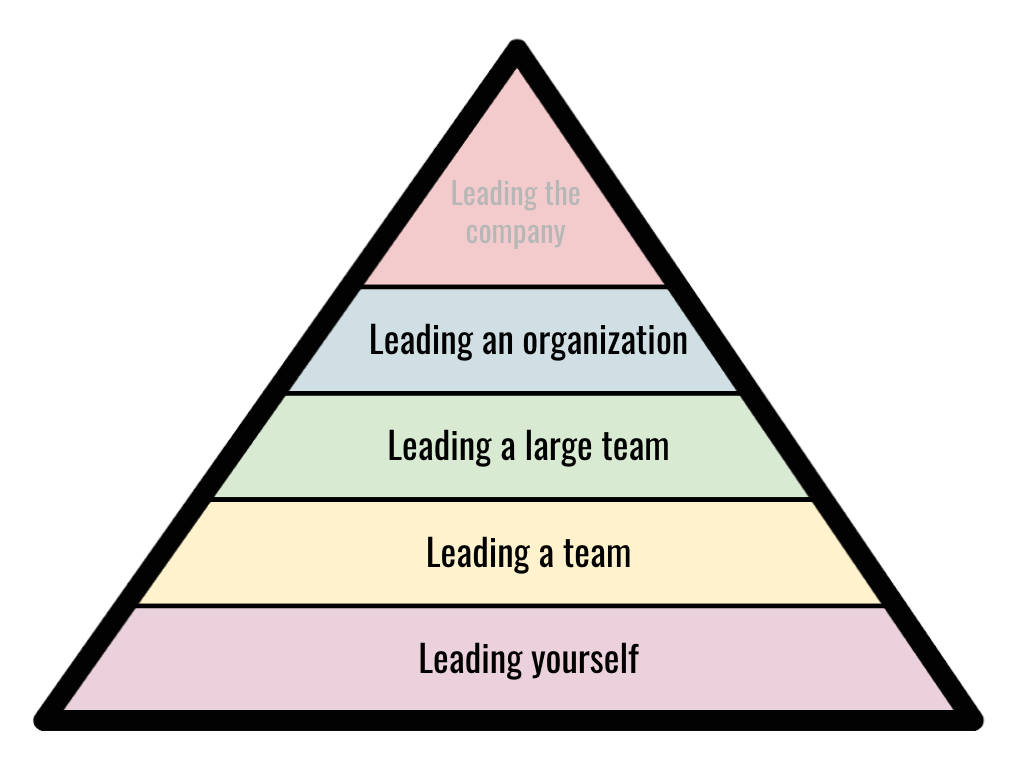Hierarchical leadership refers to a traditional leadership model in which managers influence the behavior of their subordinates through authority and structured command. This top-down approach assumes that leadership flows vertically—from higher to lower organizational levels—enabling clear control and direction.
Unlike lateral leadership or bottom-up leadership models, which emphasize collaboration and employee-driven decision-making, hierarchical leadership is characterized by a chain of command. In academic literature, the term typically encompasses both leadership by a direct supervisor and oversight by the next level of management.
This model is commonly found in organizations where formal authority, accountability, and role clarity are prioritized. While efficient for decision-making and control, it may limit employee autonomy and innovation if not balanced with participative leadership elements.
« Back to Glossary Index





![15 Employee Offboarding Templates That Save Hours of HR Time [Free Downloads] 15 Employee Offboarding Templates That Save Hours of HR Time [Free Downloads]](https://i1.wp.com/www.hrcloud.com/hubfs/Header.png?w=150&resize=150,100&ssl=1)
